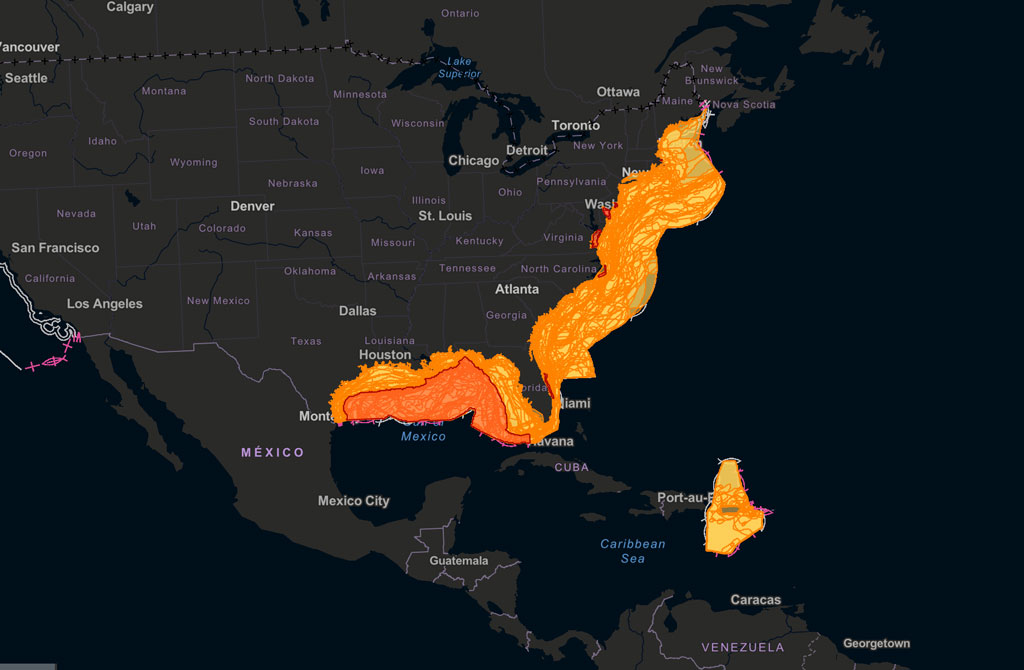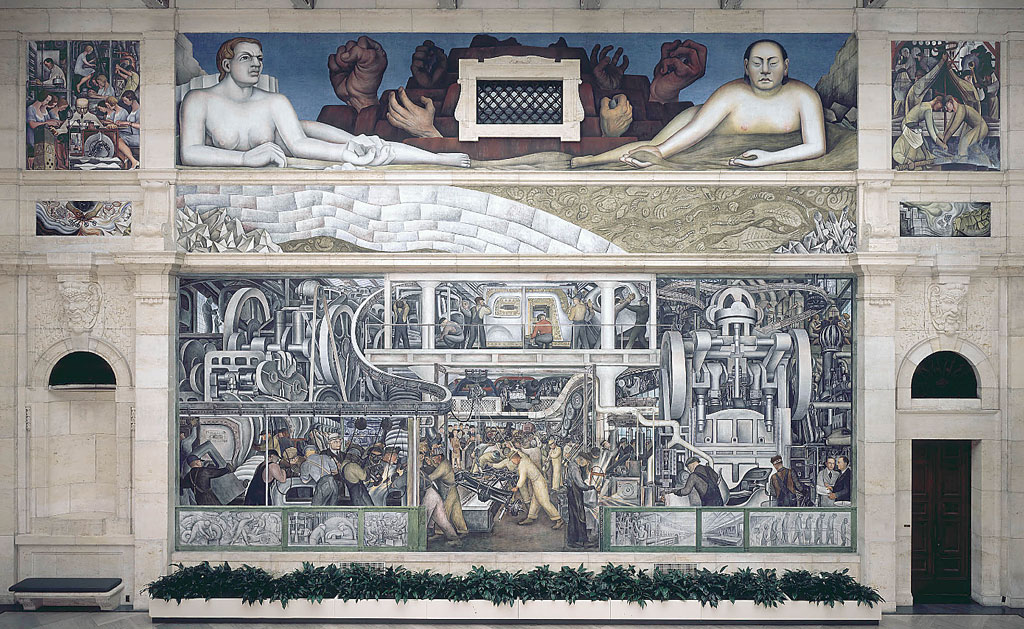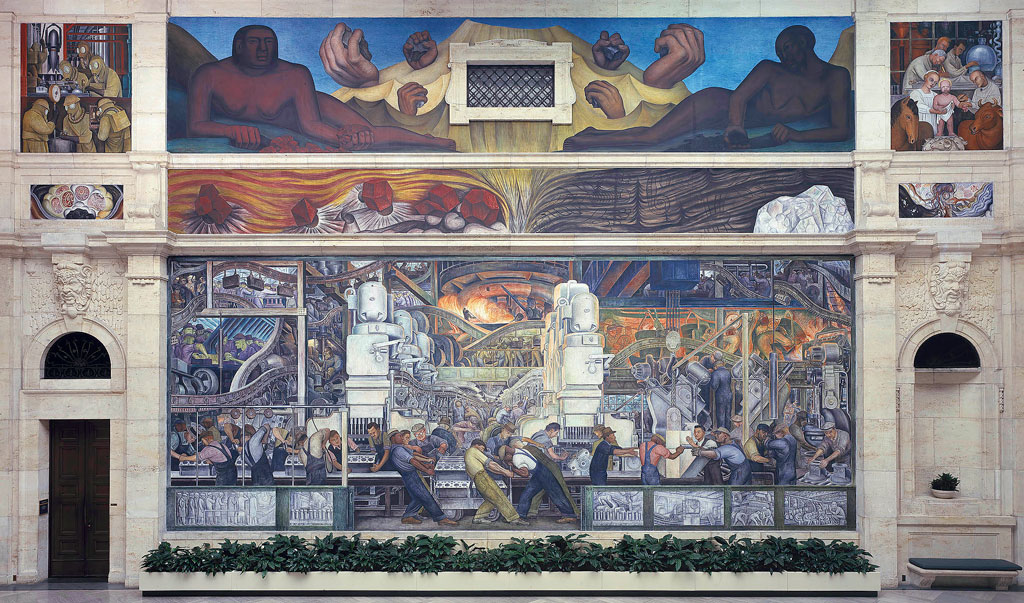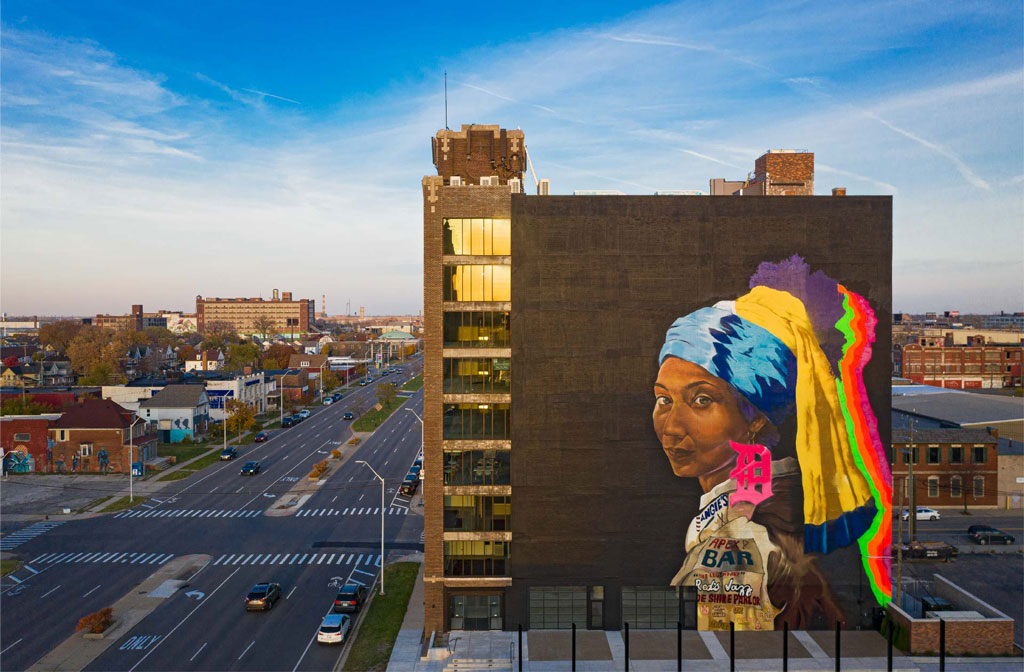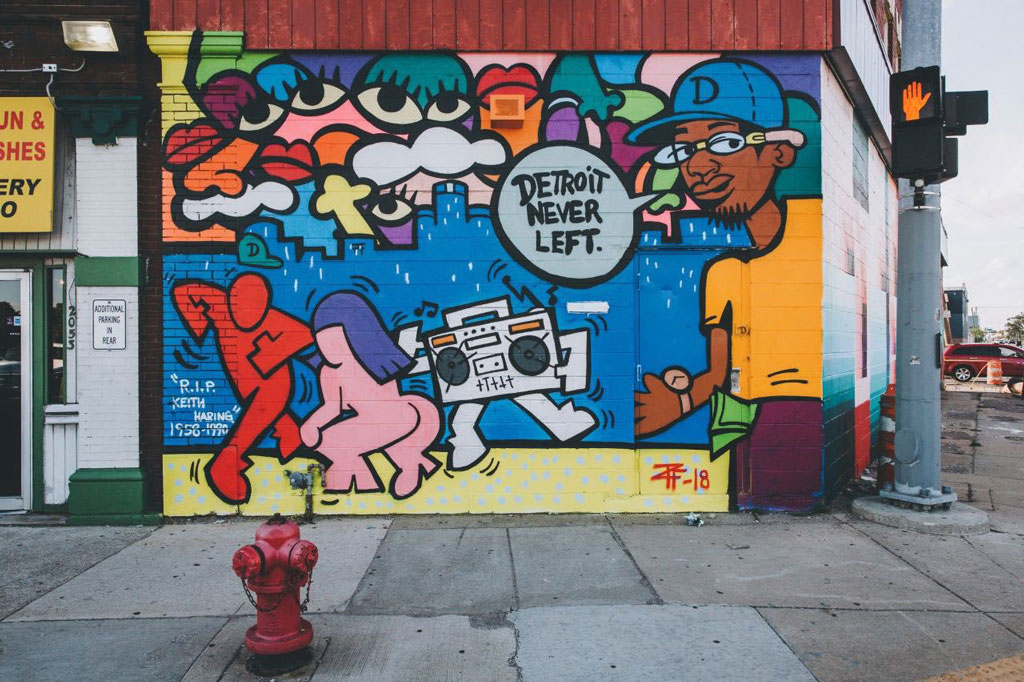Ross MacKinnon
Ross MacKinnon, scholar and administrative leader at UConn, SUNY-Buffalo, and the University of Toronto, passed away from pancreatic cancer at his home in Sonoma, California, surrounded by family, on Jan. 27, 2025, at the age of 82.
As a geographer, he was well-versed in the development of mathematical models for geographical systems, and he made particular contributions to geography through the application of these models to the fields of transportation and migration.
Ross grew up in New Westminster, Trail, and Kelowna, British Columbia. He earned a bachelor’s degree in geography from the University of British Columbia in 1964. He was a Woodrow Wilson Scholar, earning a Master of Science in geography from Northwestern University in 1966, and a Ph.D. in geography from Northwestern University in 1968. He was a faculty member of the University of Toronto’s geography department, where he became a Director of Graduate Studies. He joined SUNY-Buffalo in 1976 as Chair of the geography department and later became Dean of Social Sciences. He joined UConn as Dean of the College of Liberal Arts and Sciences in 1996 until he retired in 2008. He championed major investments in hiring, research, academic programing, and most importantly … people.
From Dr. Peter A. Rogerson, one of Dr. MacKinnon’s advisees at SUNY-Buffalo:
Ross MacKinnon was my Ph.D. advisor, and I’ll begin by literally “turning back the clock.” Somewhat more than midway through my dissertation defense, I made a statement to the effect that I was running out of time. Ross immediately got up, went over to the wall clock, and turned the hand back ten minutes. That is just a small story hinting at the many ways that he showed his support over the years. He was proactive when it came to students and recruitment — while I was taking a gap year after doing my M.A. with him at the University of Toronto, he wrote to me, convincing me to do my Ph.D. at Buffalo, where he was beginning to build the department in his new role as Chair. During my first AAG, he and I split the presentation of our joint paper. Aside from recalling how much my knees were shaking, I can now recall all of his colleagues he introduced me to — and although I didn’t have a clue at the time, I now recognize how this was one of the most important moments in my career. Over time I saw the time he spent with students, the care he took with them, and how important his mentorship was to their careers. A long line of his students and eventual professors went on to have very successful careers.
One of his traits that I always marveled at was his ability to “cut to the chase.” As a student this took the form of his knowing precisely what to ask a student. He knew what you didn’t know and needed to know, and he was unequaled in asking exactly the right question at the right time, to push you a little further. Later on, when I saw him in his roles as Chair and Dean, this took the form of sizing up both current and prospective faculty. He simply had an uncanny knack for seeing precisely how both personality and talent could or could not contribute to a department or program.
He saw to all aspects of a department — seeing to it that we not only had excellent personnel, but a vibrant social life with picnics, happy hours, and the like. Oh, and by the way, at one of those department picnics, while playing the outfield in the annual softball game, I tried to gun down a runner at second base. When I started my throw, I forgot that Ross was playing second base, and it was only while the ball was in mid-flight that I realized I should have made a softer throw. My last recollection was going to some emergency room or urgent care to see how his fingers were doing and thinking that this was not a good thing to do to your advisor.
Shortly before I arrived at Buffalo, budget cuts in the SUNY system led to very serious consideration of eliminating the department. It is difficult to capture here, but his efforts were absolutely crucial and pivotal in keeping the department alive.
He was also central to putting the department on the road to prominence (and in fact it would not be an exaggeration to say that he did this single-handedly). Part of this was attributable to his vision and his judge of talent and promise, and part was due to his vision of, and his work toward a successful bid to bring the National Center for Geographic Information and Analysis (NCGIA) to Buffalo.
Ross MacKinnon was a “quick study” when it came to sizing up people’s academic potential, their personalities, and their current or potential contributions to a department or program. His sharp wit and sense of humor gave him the ability to make lightning-quick comments about how someone could or could not help a program, might or might not become a star in the discipline, etc. Listening to his evaluations often left one both laughing at the humor and impressed with his assessment, as well as being in awe of how he could combine the two so quickly. All of this made him a fantastic mentor, colleague, Chair, Dean, and friend.
Ross was a proud Canadian and naturalized U.S. citizen. He loved travel, a good meal with friends, live jazz, contemporary painting, new plays, his dog, and the Buffalo Bills. He had a great sense of humor and was quick with encouragement.
He is survived by his wife, Marilyn Hoskin, and his two daughters, Pam and Caroline MacKinnon.
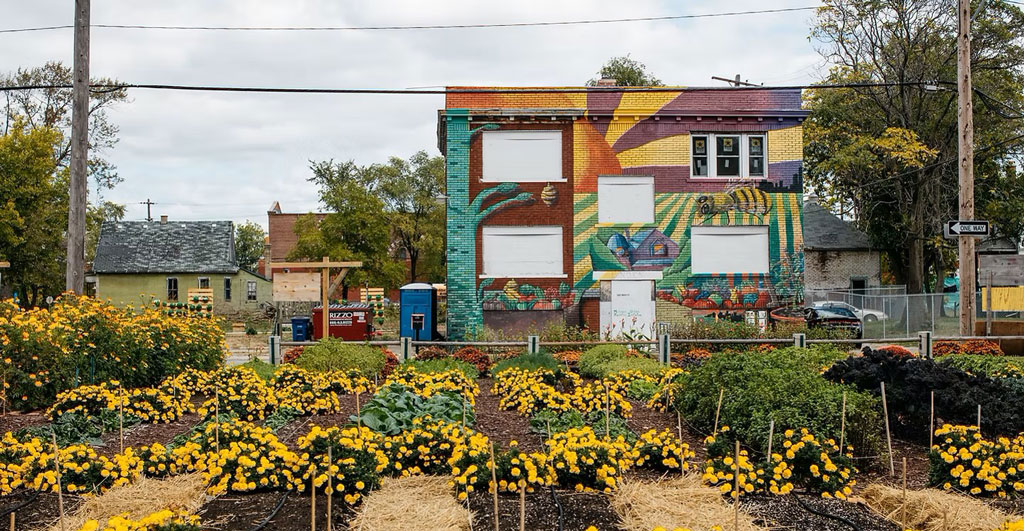
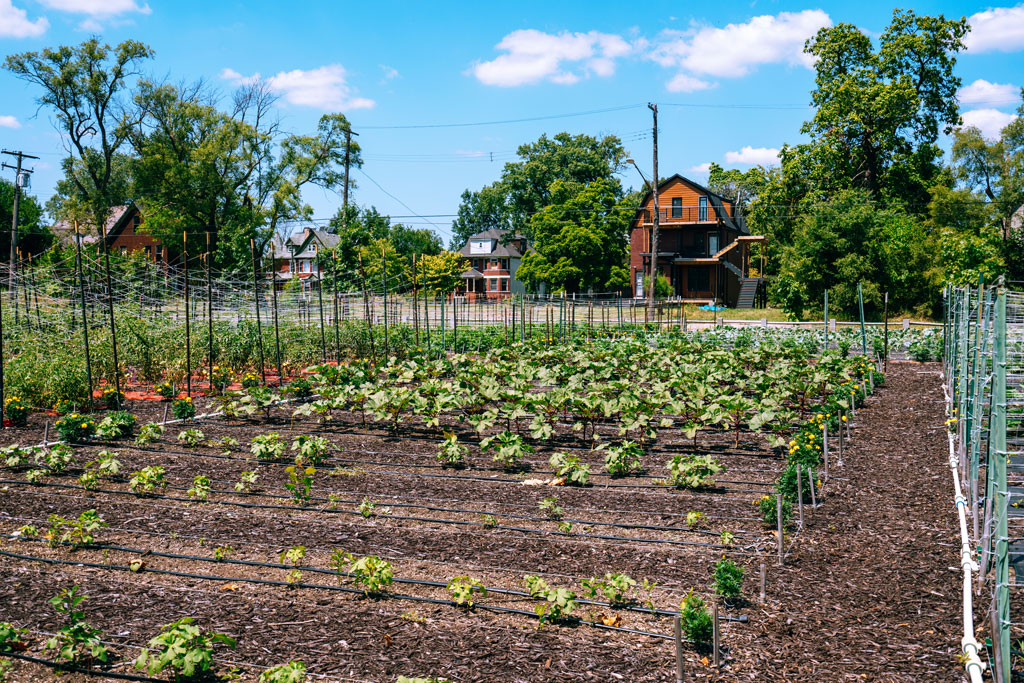
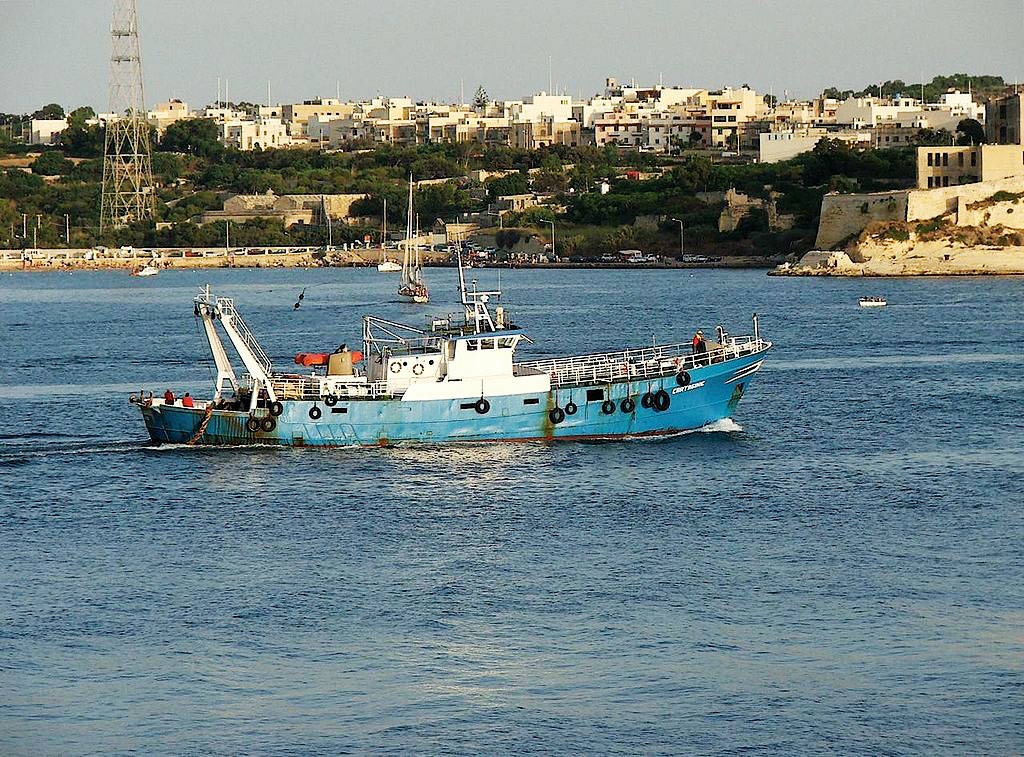
 Geography in the News is an educational series offered by the American Association of Geographers for teachers and students in all subjects. We include vocabulary, discussion, and assignment ideas at the end of each article.
Geography in the News is an educational series offered by the American Association of Geographers for teachers and students in all subjects. We include vocabulary, discussion, and assignment ideas at the end of each article. 